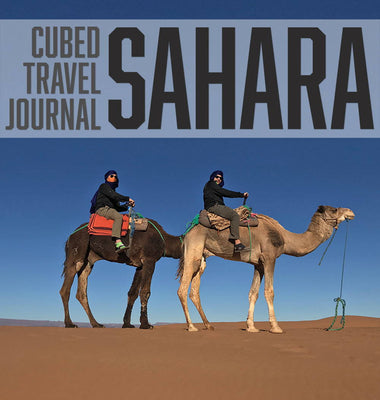But those greens can blend together while rounding a hairpin turn at speed! 80 kilometers per hour (50mph) does not seem so fast at home. But when screaming along a one lane roadway with low stone walls forming the borders and overgrown greenery leaning in and whipping the side of the car, the posted speed limit seems absolutely crazy - but one gets used to scanning beyond the bends ahead for on-coming traffic, following the local courtesies for making way and passing. In our 10 days experiencing country, highway and city driving we saw no accidents at all. However we were both relieved to finally hand back our car, unscathed, at the Dublin airport.
Now back to the pub, it is Ireland... as it turned out we needn’t have worried. True, we had deliberately eschewed the noisier and more obviously tourist-catering establishments, so it was our own darn fault that we stumbled into a pub most decidedly “un-touristy”. What we didn’t count on was being the only non-locals in a fully packed “local” with an apparently critical game of football (soccer) playing on the several TV’s. A clearly partisan crowd of mostly twenty-something males displayed various stages of beer-fuelled enthusiasm.
Like everyone else we’d met in Ireland, the patrons of this bar were just there to have some fun, sing some songs and tell some tales. But for my wife and I (decidedly skewing the average age of pub patrons northward) that remained yet to be determined. Safely in our seats we needed yet, as unobtrusively as possible, to manage the drink-ordering process. As you may have noted from the many Netflix series set in the British Isles, one doesn’t wait to be served in such an establishment - you’d wait forever - one elbows their way to the bar and in a process discerned only by the bar-keep, your turn, in turn, comes to order. You pay upon being served (no running a tab) and you then very carefully edge discreetly back through the throng, mindful of not sloshing your beer on any of the other patrons jammed at the bar either ordering, standing and drinking, or performing the trifecta - standing, drinking and shouting at the TV.
Back in our seats and having toasted our success (“slainte” - “to your health”) we discreetly took in our surroundings. Like every other of the many Irish pubs we ‘d been in this one was well worn, cozy and comfortable. And due to the match on the TV, this one was very crowded. The “red shirts” were playing the “white shirts” in what was clearly an important match. We quickly deduced the red shirts were the “home” team and it wasn’t long before we were cheering along at the appropriate moments. The enthusiasm was contagious and soon the initial wary glances shot in our direction turned to nods of approval and then to smiles.
One other table held a four-some in our relative age bracket. Their curiosity about our presence was not subtle. Finally a tall slim gent peeled away from his friends and came over to ours, and without waiting for an invitation pulled up a chair to the already cramped space, set his glass on our tiny table and out poured the questions. He’d obviously been elected the emissary to get the goods on the tourists. Who were we, where were we from, what were we up to on our trip and on and on. We were to discover, and not to generalize, but that like just about everyone we met in Ireland this gent was inquisitive, talkative, full of the “blarney” and very tuned-in to current events and geography relating to North America. Needless to say it was only a matter of time before our new friend waved his friends over to our increasingly cramped space so he could show off his new friends to his old ones. And so it was that we passed another wonderful evening in Ireland.












